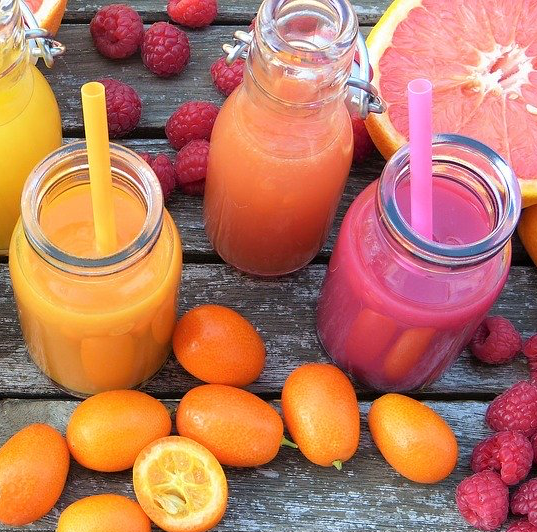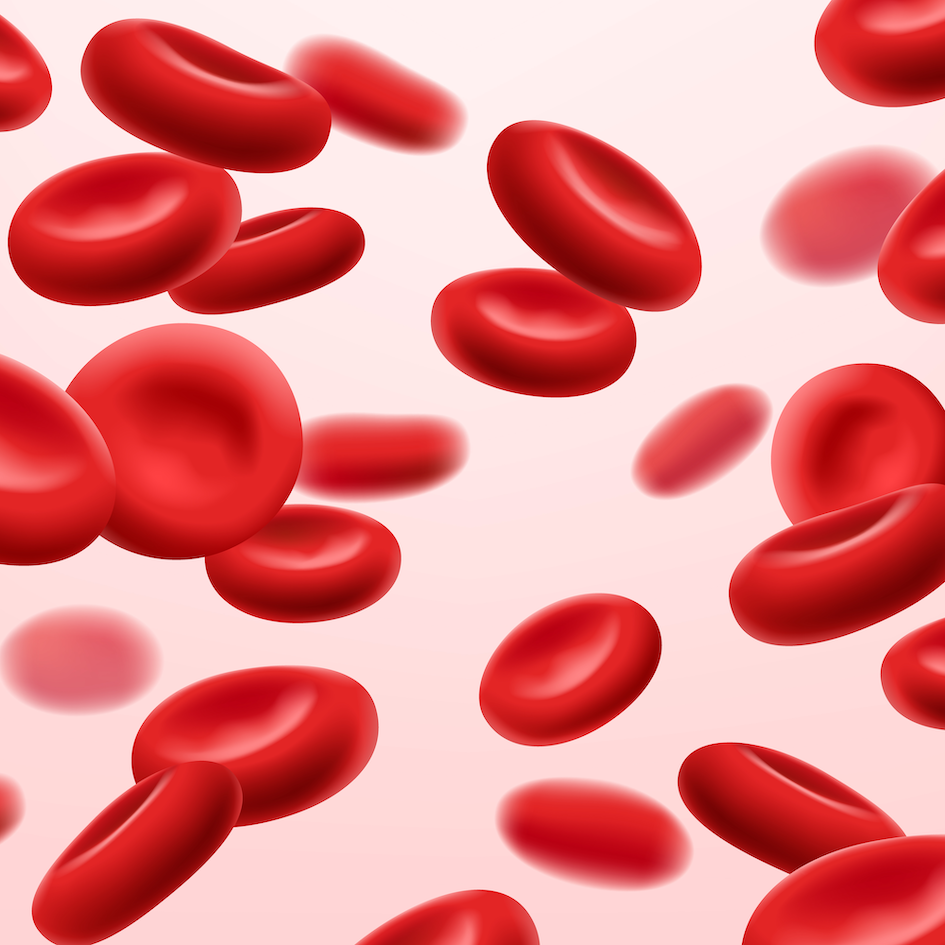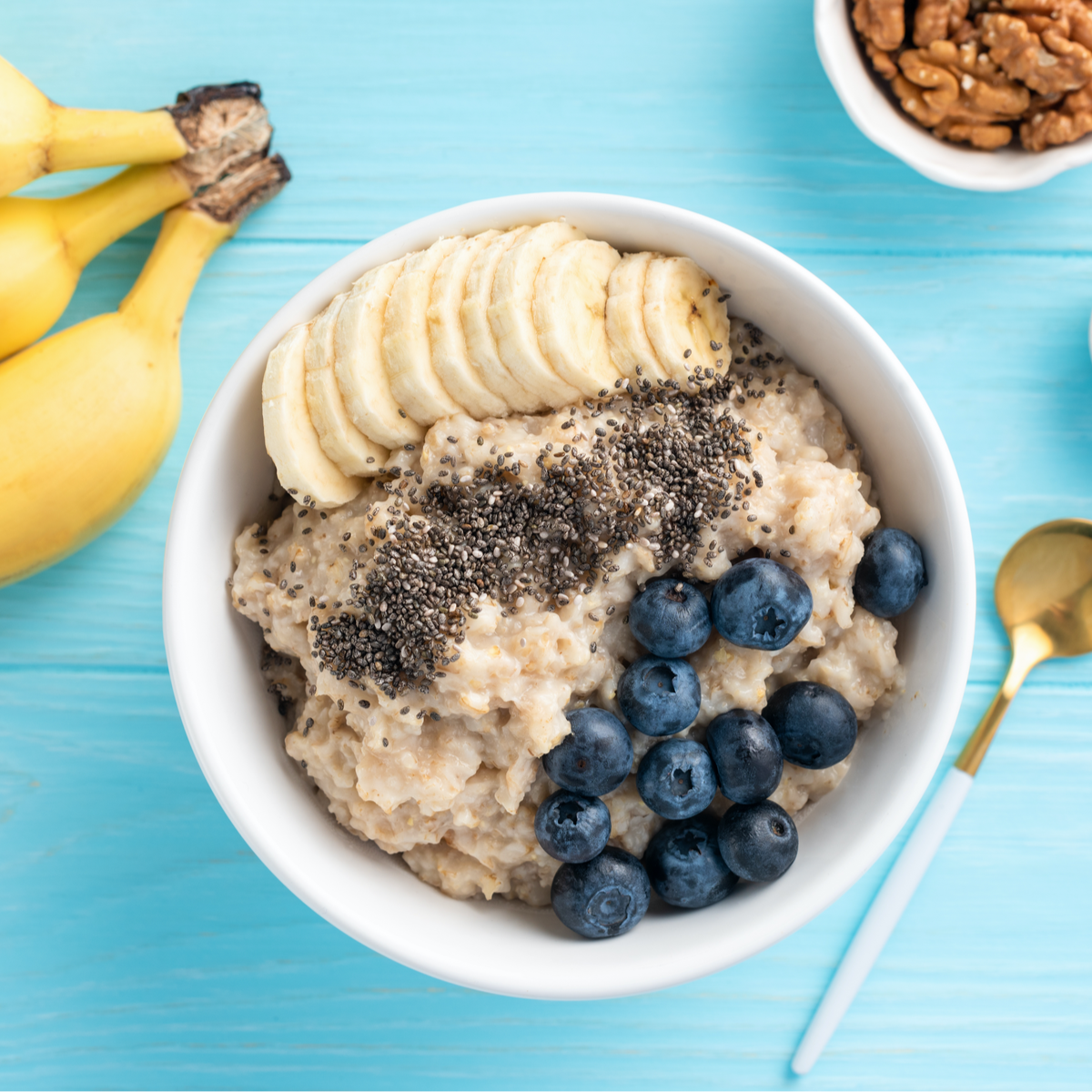
Despite the pulping that juice has taken in war on sugar, juice bars continue to thrive, oozing healthy vibes with their colourful displays and promises of micronutrients galore.
How can the same food be viewed both as a superfood and a shortcut to diabetes and obesity?
These polar perspectives speak both to fact that old habits die hard, and the murky nature of the scientific evidence around juice and health. Some studies find links between juice consumption and health issues like diabetes and obesity, while others do not. Furthermore, juice defenders report that it can help close micronutrient gaps in low fruit and veggie consumers. [See Appendix for studies]
The lack of clarity around the health impacts of juice reflect the inherent challenges of nutritional research. First, and foremost, most studies are poorly controlled, and can be subject to confounders like healthy user bias and socio-economic factors. Second, context matters… a lot. Portion size matters. What you drink instead of juice matters. The rest of your diet matters. Your current health status and risks matter. This doesn’t mean we need to throw up our hands and give up. Rather, we need to examine on the weight of the evidence, including mechanistic strength, rather than fixating on single studies.
Let’s put the squeeze on juice to see what it truly delivers, and what the real risks are. This article focuses on 100% pure fruit juices, with no sugar added.
How Does Juice Compare to Whole Fruits and Veggies?
Juice is a beverage made from filtered, pulverized fruits and veggies. As such, juices provide many of same nutrients found in whole fruits and veggies, but with one big difference: they fall woefully short on fiber.
This fiber gap is shown in the nutrient table below, which compares one cup of apple or orange juice to a calorically-equivalent serving of whole fruit. In the context of a fiber-poor diet, this fiber gap is very meaningful.
|
|
Orange Juice |
Orange |
Apple juice |
Apple |
|
Serving |
1 cup |
1.8 oranges |
1 cup |
1.2 apples |
|
Calories |
112 |
113 |
114 |
114 |
|
Fiber (g) |
<1 |
6 |
<1 |
5 |
|
Fat (g) |
<1 |
<1 |
<1 |
<1 |
|
Protein (g) |
2 |
2 |
<1 |
<1 |
|
Sugar (g) |
21 |
21 |
22 |
22 |
Data source: MyFoodData.com (pulls from USDA Food Data Central ). Numbers are approximate.
This table also highlights the skewed macronutrient profile of fruit juices. Like whole fruits, they serve up a lot of sugar (sucrose, glucose and fructose), but very little fat or protein. Vegetables vary more in their macronutrient profiles, but typically serve up less sugar, more complex carbohydrates, and more protein than fruits.
Vitamin and mineral content tend to be roughly similar between equivalent calories of whole and juiced forms, but can vary greatly between different plants. Aside from Vitamin C, it takes many large servings of juice to make a serious dent in most vitamins and minerals.
|
|
Orange Juice |
Orange |
Apple juice |
Apple |
|
Serving |
1 cup |
1.8 oranges |
1 cup |
1.2 apples |
|
Vitamin C |
142% |
138% |
11% |
2% |
|
Vitamin A |
18% |
17% |
4% |
0% |
|
Folate (Vit B9) |
18% |
19% |
2% |
0% |
|
Calcium |
7% |
2% |
1% |
2% |
|
Potassium |
9% |
11% |
5% |
5% |
|
Magnesium |
6% |
6% |
3% |
3% |
Data source: MyFoodData.com (pulls from USDA Food Data Central ). Numbers are approximate.
What about phytochemicals?
Fruits and veggies are renowned for a special class of chemical compounds called “phytochemicals”. Phytochemicals are plant-derived compounds that are not essential for human health, but may be beneficial. Each plant produces its own cocktail of these compounds, which serve a variety of roles, from pigmentation (colouring) to fighting off pests. Some, but not all of these goodies make it into the juice. Examples of classes of phytochemicals include:
Carotenoids (such as beta-carotene, lycopene, lutein).
- Sources: Red, orange and green fruits and vegetables including broccoli, carrots, tomatoes, leafy greens, sweet potatoes, winter squash, apricots, cantaloupe, oranges and watermelon.
Flavonoids (such as anthocyanins, flavonols, flavones, and flavanones).
- Sources: Apples, citrus fruits, onions, soybeans and soy products (e.g. tofu, soy milk, edamame).
Is More Better?
One of the arguments for consuming juice is that it allows you to consume copious amounts of the good stuff contained in fruits and veggies. One local juice bar , for example, boasts 3 pounds (almost 1.5 kg) of fruits and veggies in a “regular” bottle (2 cups).
While it is easy to assume that more is better, this perspective has several weaknesses:
1. We rarely know the “optimal dose” of any nutrient.
While many nutrients have an official target range, these numbers are recognized to be very approximate, and in most cases, there is little benefit to exceeding them. When it comes to phytochemicals, our knowledge of optimal intakes is even murkier. The vast majority of studies of phytochemicals used as supplements fail to demonstrate benefits, and some even hint at a negative impact of messing with our bodies’ natural balance – such as in the use of antioxidants to support muscle recovery [see studies: 2009 and 2017].
2. Megadoses may do more harm than good.
Indeed, any compound can switch from being a health plus to a health risk when megadoses are consumed (doses that would be difficult to consume naturally) – even vitamins, minerals, and phytochemicals. The most famous example of this “good turned bad” is the CARET trial (Carotene and Retinol Efficacy) trial, a double-blinded, placebo-controlled trial that tested the impact of a double supplementation plan with large amounts of beta-carotene and retinal palmitate in those at high risk of lung cancer. In 1996, the trial was halted early due to higher rates of lung cancer in those receiving the supplements [learn more].
Note: I am not aware of strong scientific evidence showing health benefits of “megadoses” of juice. If you want my scientific take on a study, send it my way!
3. Extreme diets can be doubly harmful.
Diets that fixate on a single food (solid or juiced) simultaneously increase your risk of hitting the harmful dose zone for a single nutrients, and your risk of nutrient deficiencies for those that are lacking in the “superfood”.
Juice-only diets run a major risk of deficiency for proteins, fats, and fat-soluble nutrients. Diets that fixate on individual fruits or veggies run even greater risk of vitamin and mineral deficiencies.
4. The upsides of juice come with notable downsides.
What are the downsides of juice?
The most straightforward downside of juice is the lack of fiber. Any time you choose juice over whole fruits and veggies, you miss an opportunity to reap the benefits of fiber (e.g feeding your gut microbiome, supporting gut health, and keeping your digestive system running smoothly). Woefully, most North Americans only consume about half of the recommended daily minimum amount of dietary fiber (min 25 grams in my case (see North American guidelines).
A related downside of juice is the potential risk of excess calorie consumption, and associated risk of obesity. Science has shown that we are far more likely to over-consume when drink our calories, rather than eat them [research review, 2000]. This phenomenon is thought to be driven by the lack of satiating fiber in drinks, together with the ease of consumption. To appreciate this factor, just try eating rather than drinking, the 3 pounds of produce that goes into a typical juice bottle (2 cup serving) at your local juice bar!
The importance of portion size is also supported by the fact that studies of regular consumption of small portions of juice tend not to find harmful effects.
Nerd Note: The way the sugars in juice hit your bloodstream is not as different as you might think from whole fruits and veggies – another hint that portions are a big part of the story. Using glycemic index, a measure of how the sugars in it enter and exit our bloodstream, whole fruits score only slightly lower (better) than juices: apples: 36 (whole) vs 41 (juice); oranges: 43 (whole) vs 50 (juice) [Source]
What are the current juice intake guidelines?
Juice is squeezed into the “sugar-sweetened beverages” category, as something to limit as much as possible. WHO recommends limiting calories from fiber-free sugars (food or drink) to 10% at most, ideally no more than 24 grams or 6 teaspoons per day. A single cup of juice will hit the low range of this quota.
The American Dietary Guidelines
- At least half of the recommended amount of fruits should come from whole fruits. When juices are consumed, they should be 100% juice, without added sugars.
American Academy of Pediatrics
- Ages 4-6: ~1/2 to 3/4 cup per day max
- Ages 7-18: ~1 cup max (250 ml) per day
Diabetes Experts
The high doses of sugar in juice can take a significant toll when our ability to regulate blood sugars is impaired. As such, diabetics are consistently advised to be mindful of juice consumption.
- “Eat whole or cut vegetables and fruits instead of drinking juices (fruit juice and fruit juice concentrates are high in sugar)”. Diabetes Canada
- “As a general rule, eating whole fruit is healthier than drinking fruit juice or fruit smoothies.” Diabetes UK
Bottom Line
The cost versus benefit equation for 100% juice depends on context – and serving size.
One thing is clear: the best way to reap the benefits of fruits and veggies is to eat them. This way, you get all the vitamins, minerals, and phytonutrients, plus the many benefits fiber. The fiber fills you up, helps keeps total energy balance in check, and supports your gut health.
At the same time, in most people, small amounts of juice are unlikely to be harmful. In moderation, juice can be seen as a “stopgap” measure to overcome a nutrient gap when whole fruits and veggies are not an option.
Those who can benefit from increased mindfulness around juice portions include diabetics and others with impaired abilities to regulate blood sugars, as well as those at risk of excess energy (calorie) consumption.
In my family, water is our go-to drink, but I treat my kids to juice on occasion. I would far rather they drink juice than nutritionally devoid sodas, iced teas, or specialty coffee shop drinks.
P.S. Don’t forget to brush your teeth well to clear away the sugars – the bacteria in your mouth love it!
Appendix
Selected studies of links between juice and health outcomes
Role of juice in closing nutrient gap: https://www.ncbi.nlm.nih.gov/pubmed/28585690
Diabetes
- Diabetes linked to higher glycemic index and load: https://www.ncbi.nlm.nih.gov/pubmed/31195724
- Juice linked to higher diabetes: https://www.ncbi.nlm.nih.gov/pubmed/18390796
- Juice not linked: https://www.ncbi.nlm.nih.gov/pubmed/28888824
Obesity
- Obesity linked to juice and other sugar sweetened beverages: https://www.ncbi.nlm.nih.gov/pubmed/29237159
- No link: https://www.ncbi.nlm.nih.gov/pubmed/31440512
- No link: https://www.ncbi.nlm.nih.gov/pubmed/26091353
- No link: https://www.ncbi.nlm.nih.gov/pubmed/31698722





